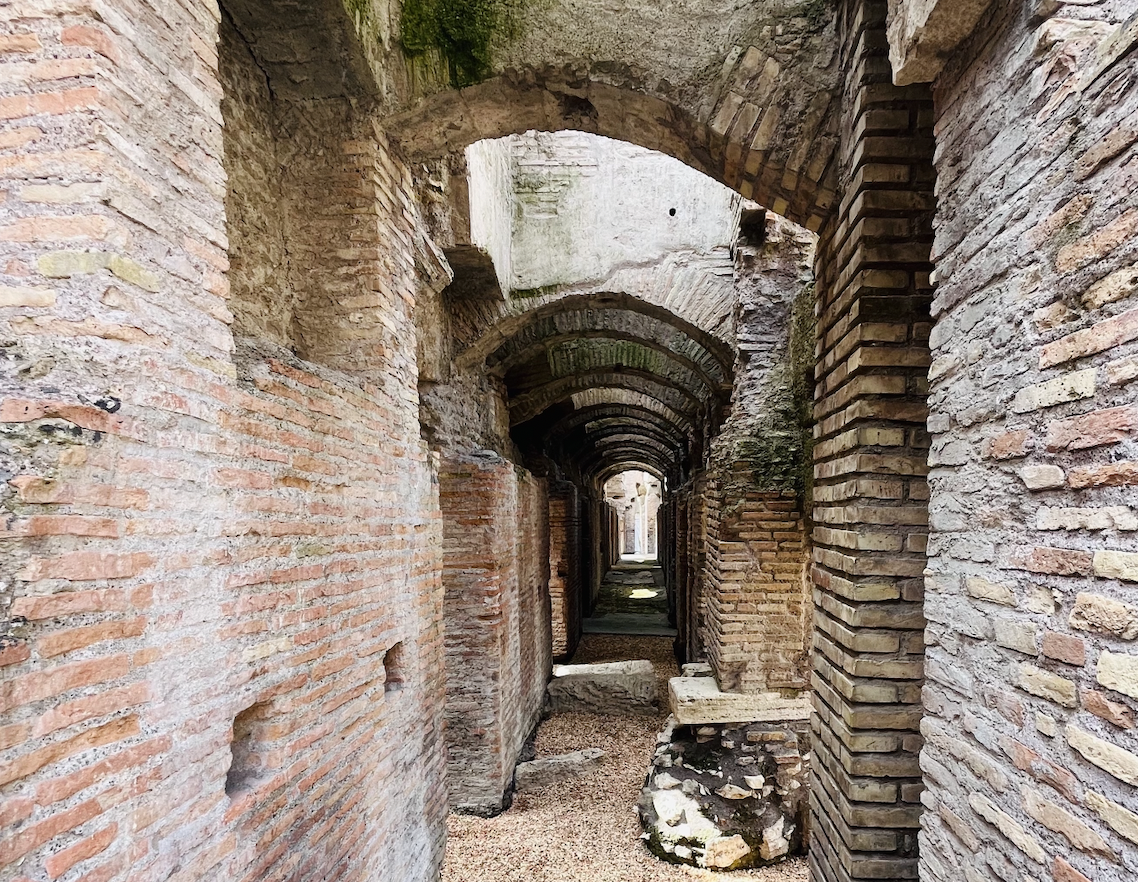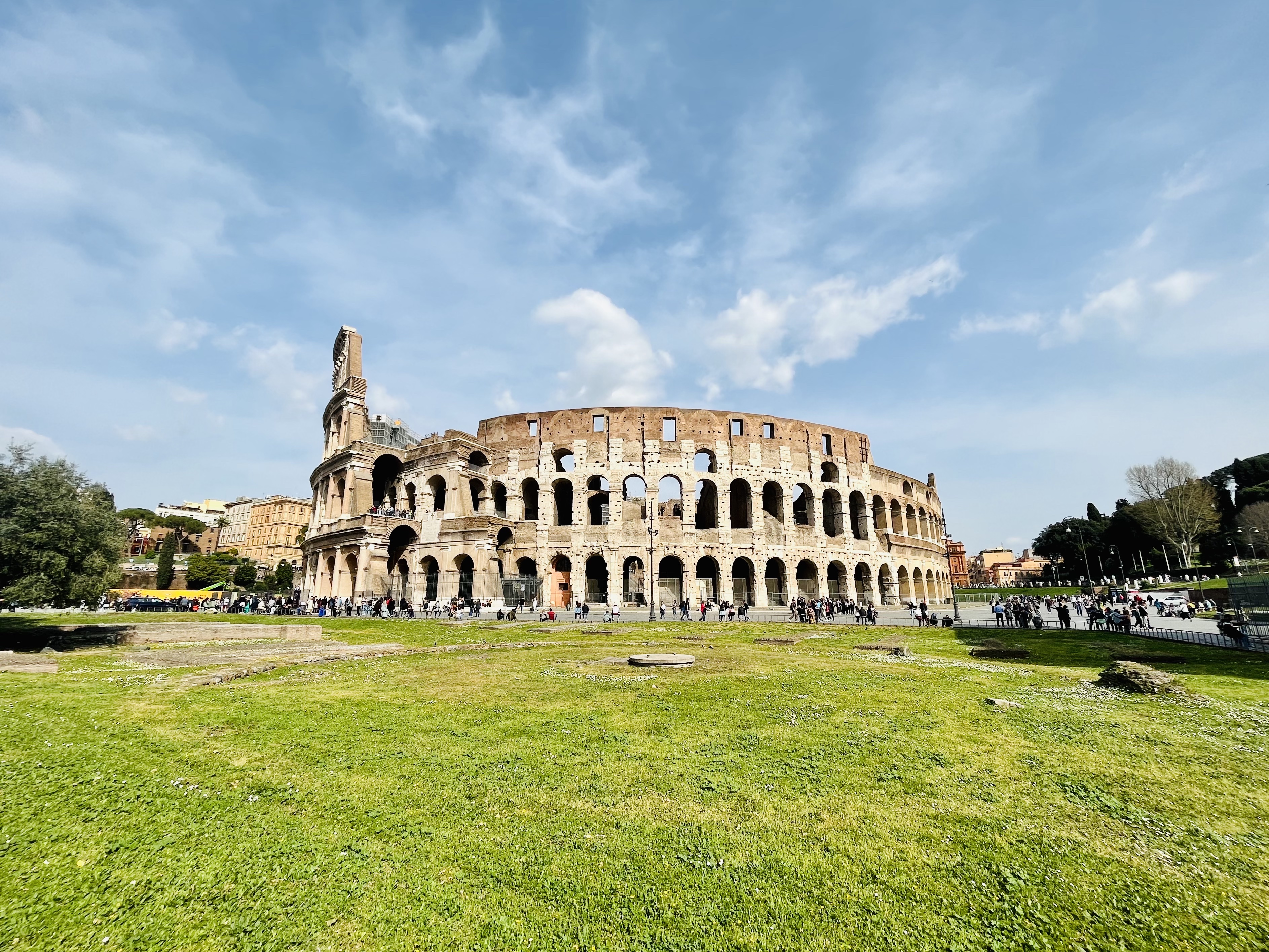Filled with iconic structures and landmarks, Rome, Italy is one of the most compelling destinations for the traveler looking for an unparalleled historical and culturally-enrichening experience. The Colosseum is one of the city’s most remarkable monuments, attracting over 6 million visitors every year! Here are 10 facts you may have never heard about this ancient Roman site.
#1 – The Colosseum is the largest amphitheater in the world
Commissioned by the Emperor as a gift to the Roman people, this ancient structure holds the title of the largest and most famous amphitheater in the world sitting at approximately 157 feet high (equivalent to a 15-story building) with a base area of 6 acres!
#2 – The Colosseum is nearly 2000 years old
Also known as the “Flavian Amphitheater”, the Colosseum was originally completed in 80 AD as a site for gladiatorial games, dramas, and other public events. The construction took less than a decade and the arena could hold up to 50,000 spectators.
#3 – There were 80 entrances and exits at the Colosseum
76 of the Colosseum’s entrances and exits were reserved for the general public and 4 “Grand Entrances” reserved for important visitors. This entrance and exit system was also used for crowd control to help spectators quickly enter and exit the arena during shows.
#4 – The Colosseum was built on top of a lake
The site of the Colosseum that we know today was once a large, man-made lake built by the egotistical Emperor Nero. Following his suicide, Nero’s successor, Emperor Vespasian, decided to drain the lake and build the Colosseum for the Roman people, gaining loyalty and popularity.

#5 – Exotic animals were used for entertainment at the Colosseum
Wild animals such as tigers, rhinos, elephants, crocodiles, and bears were imported from all over the Roman Empire to be used for fights at the Colosseum. The arena also had many underground passageways (see photo to left) including 24 secret elevators that were used to lift the wild animals and gladiators onto the stage during fights.
#6 – Entrance into the Colosseum was free for Romans
Roman Emperors organized and funded the events at the Colosseum in order to gain popularity and acceptance from the Roman people. In addition to free entry, Romans could also enjoy complimentary food and water during public events.
#7 – The Colosseum featured a retractable roof
To shade spectators from the blistering Rome sun and heat, the Colosseum was built with a velarium, or shade, made from cloth. The large awning covered up to one-third of the arena and helped to circulate cool air throughout the amphitheater.
#8 – Seating in the Colosseum was determined by social structure
The seats inside the Colosseum were designed and built in a tiered fashion to reflect the ancient Roman hierarchy. The first tier consisted of the Emperor, priests, senators, and other important Roman figures whereas the fourth tier held poor plebians, common women, and other lower-class Romans.

#9 – The Colosseum was used for mock naval battles
The Colosseum had the ability to be converted into an aquatic arena that could hold just a few feet of water for staged naval battles. Water was transported onto the arena floor through an aqueduct and then drained by a system of runoff canals once the show ended.

#10 – Part of the Colosseum is missing due to an earthquake
In 1349, a tragic earthquake collapsed the south side of the Colosseum leaving the present-day remains. The rubble was reused to build surrounding buildings and structures, some of which still stand today such as St. Peter’s Basilica in Vatican City.
Take a VR Field Trip to the Colosseum!
Want to experience this remarkable monument yourself? Click here to take a virtual field trip to the Roman Colosseum!
